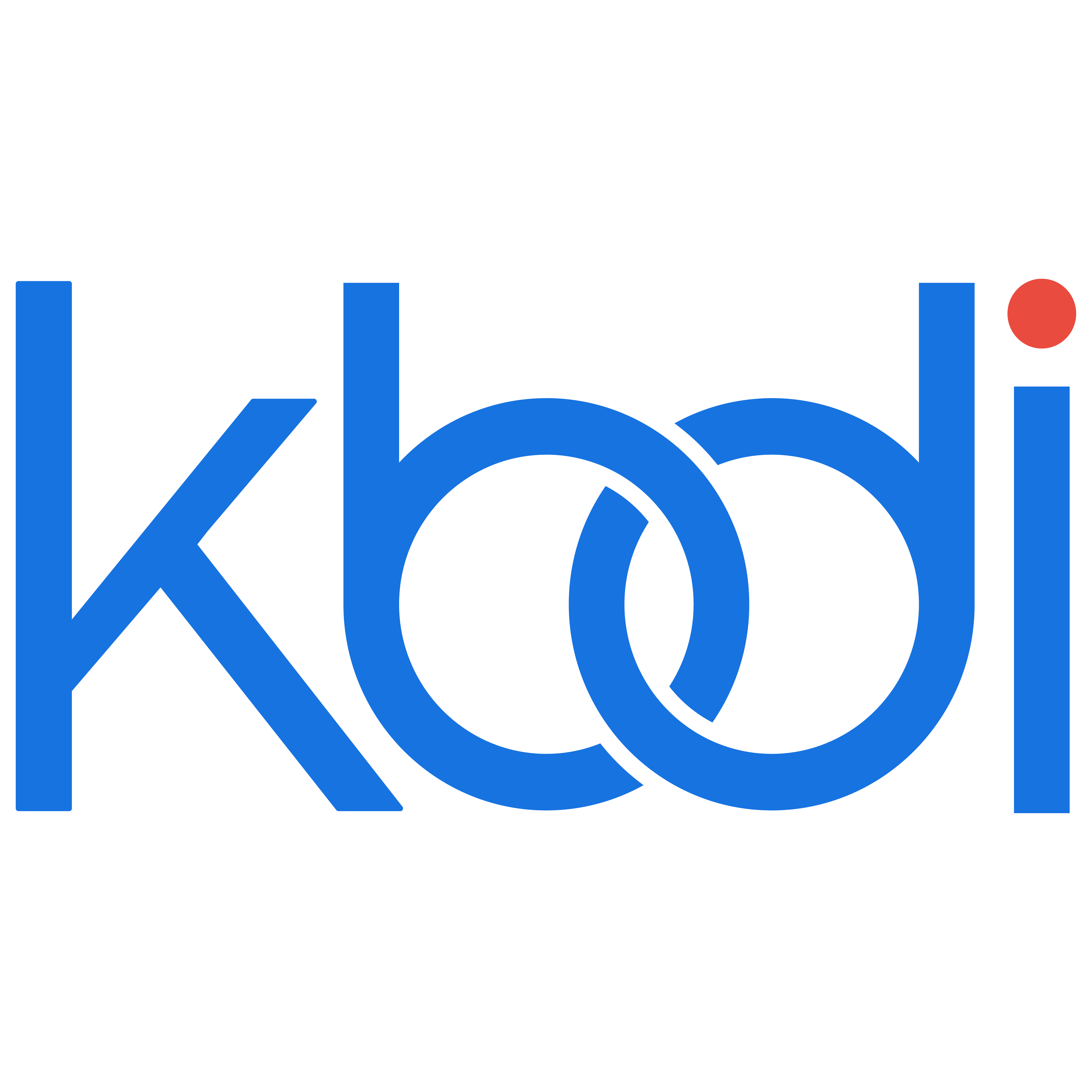When starting a new kitchen or bathroom design, it’s essential to have a clear understanding of the regulations related to the construction of these spaces. To ensure that the relevant considerations are made for each project – and to get the timeliest response to a Technical Support Service enquiry – a designer should determine:
- the building classification (defined by the NCC)
- state or territory regulatory requirements
- local council compliance issues (planning, building and health), if applicable
- housing estate covenants, if applicable
- strata committee or body corporate requirements, if applicable
The National Construction Code (NCC) is an initiative of the Council of Australian Governments (COAG), developed to incorporate all on-site construction requirements into a single code.
The NCC provides the minimum necessary requirements for safety and health, amenity and accessibility, and sustainability in the design, construction, performance and liveability of new buildings (and new building work in existing buildings) throughout Australia.
It comprises the Building Code of Australia (BCA) – Volumes One and Two, and the Plumbing Code of Australia (PCA), Volume Three.
Within the NCC, buildings are grouped by function and use and classified accordingly.
NCC Volume One primarily applies to Class 2 to 9 (multi-residential, commercial, industrial and public) buildings and structures.
NCC Volume Two primarily applies to Class 1 (residential) and 10 (non-habitable) buildings and structures.
NCC Volume Three applies to plumbing and drainage for all classes of buildings.
If you’re taking advantage of your Member-exclusive technical support service, you’ll need to let us know the classification of your client’s building to ensure we direct you to the relevant parts of the National Construction Code.
The class of a residential building (i.e. Class 1 or Class 2) may also determine the licensing requirements of trades or service providers. This varies in each State and should be investigated accordingly. See this article for licensing specific to New South Wales.
Australian Standards
Standards are voluntary documents that set out specifications, procedures and guidelines to ensure products, services, and systems are safe, consistent and reliable. Australian Standards generally relate to measurable properties, like the thickness of glass, the slip resistance of tiles, etc. Standards typically contain equations, dimensions and standards that items have to meet.
There are three categories of standards:
International Standards
ISO, IEC, and ITU develop these for countries to adopt for national use. Standards Australia embraces the development and adoption of international standards.
Regional Standards
These are prepared by a specific region, such as the joint Australian/New Zealand standards or the European Union’s EN standards.
National Standards
These are developed either by a national standards body (like Standards Australia) or other accredited bodies. Any standards developed under the Australian Standard® name have been created in Australia or are adoptions of international or other standards.
Are Australian Standards legally mandated?
Compliance with Australian Standards can vary depending on the specific industry, product or service you are involved with. Here are some general categories to consider:
Legally Mandated Standards
When a Standard is called up in legislation – like the NCC – it becomes mandatory and is considered a ‘benchmark of acceptability’.
Voluntary Adoption
In some cases, compliance with Australian Standards may be voluntary. However, adhering to these standards can demonstrate your commitment to safety and quality and may be desired or required by industry stakeholders or clients.
Safety and Liability
Even when Standards are not legally mandated, not adhering to them can have legal implications if a product or service causes harm. If you want to minimise liability risk in case of accidents or failures, it’s advisable to follow relevant standards. (Note: this applies to appliance manufacturers’ installation instructions, too. Always check the instructions provided and ensure your design meets the manufacturer’s requirements.)
Industry Best Practices
Adhering to Australian Standards is generally considered a best practice. It can help you maintain competitiveness and ensure your products or services meet or exceed customer expectations.
KBDi has a library of Australian Standards specifically related to domestic kitchens and bathrooms. Copyright laws prevent us from releasing these Standards in full, but if you have a particular question, we’re happy to look it up on your behalf.
Each Australian State and Territory has a building authority to regulate construction and licencing. Designers should be aware of which trades and service providers require licencing, when building work approvals are necessary, and the authority’s requirements for building work contracts.
Local Council Requirements
In most cases (under most local governments), minor internal and external changes that don’t alter structure or services can be carried out without council approval. However, alterations to plumbing, drainage, gas or electrical may require the relevant authority’s approval or inspection, so it’s always best to check.
Councils may also have requirements relating to heritage or traditional building character overlays. These requirements could impact a proposed new window or door opening in a kitchen redesign.
Housing Estate Covenants
Covenants are restrictions relating to how a homeowner can use or alter their property. These legally binding ‘rules’ can relate to big-picture considerations like building heights, building setbacks or the general style of a house, or finer details like the type of fence or letterbox allowed. They may control external colours, the location and size of external living areas or privacy considerations but generally don’t cover internal elements.
Body Corporates
A body corporate is a legal entity created when land is subdivided and registered to establish a community titles scheme. A community titles scheme comprises two or more lots and could be a duplex, residential unit block, townhouse complex or high-rise accommodation building. All owners in a community titles scheme are automatically members of the body corporate when they buy their lot. The body corporate maintains, manages and controls the common property on behalf of the owners. They also make and enforce their own rules (by-laws), which determine what people who live in the scheme can and cannot do.
The KBDi technical support service is a Member-only benefit. If you’re not yet a KBDi Member, learn more about joining out community here.







So much great information here. Having this support in our industry where we’re required to have such a broad range of knowledge and information is truly valued!